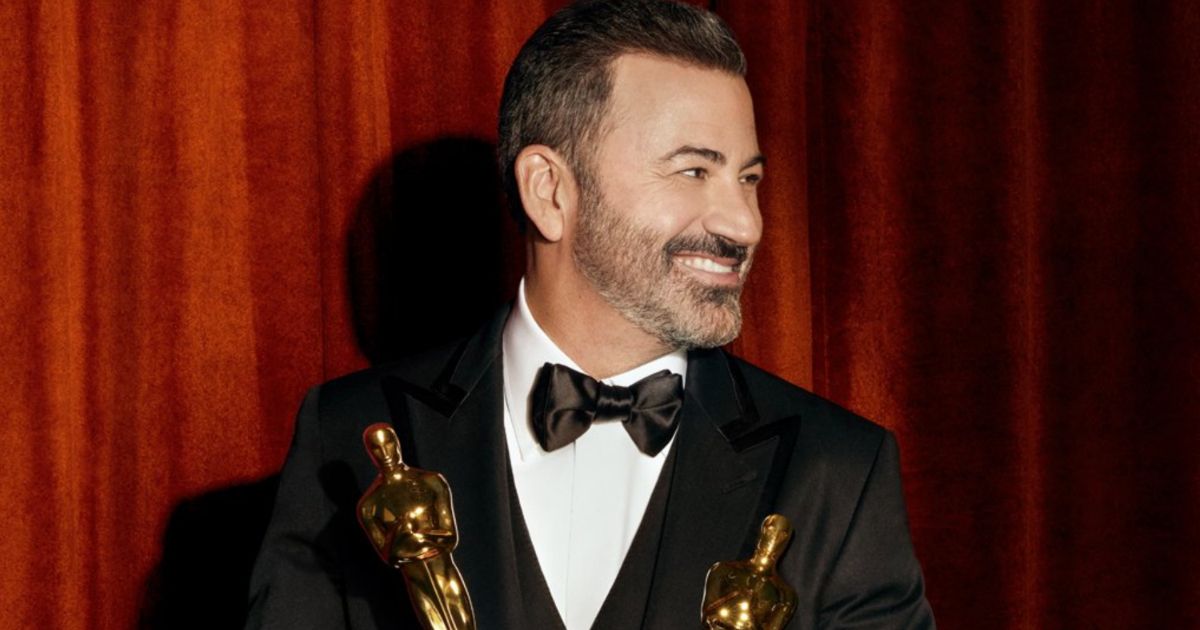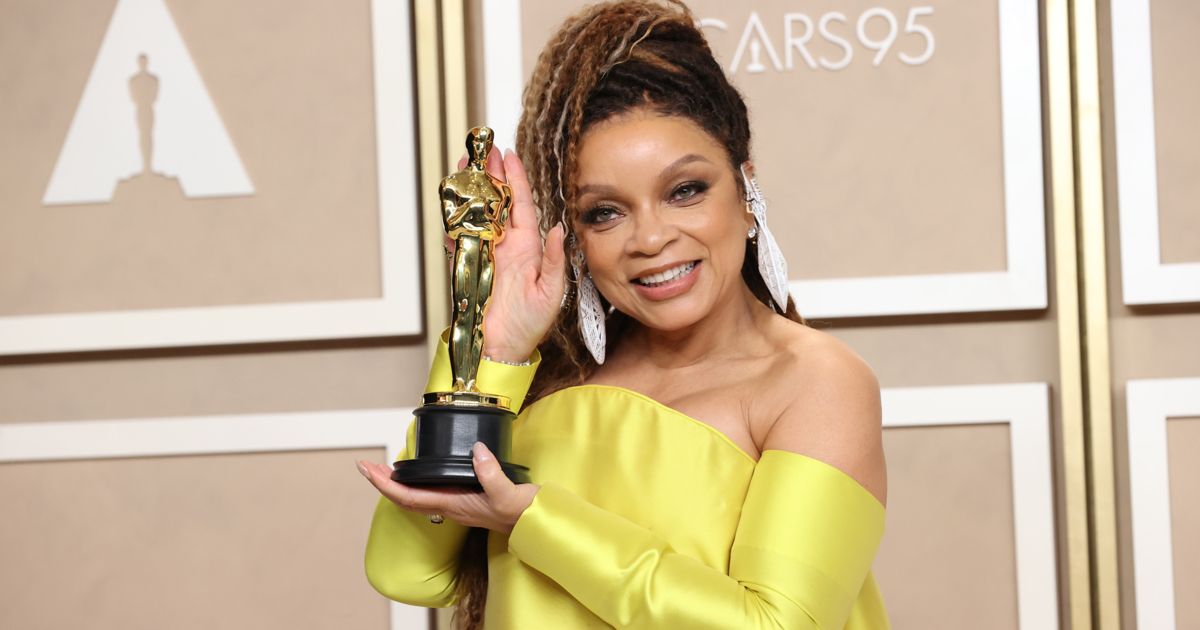Jimmy Kimmel, the host of Sunday’s 95th Academy Awards pointed out the notorious sexism of the Academy of Motion Picture Arts and Sciences during his opening monologue and joked, "How does the Academy not nominate the guy who directed Avatar? What do they think he is, a woman?"
While some might argue that the Academy has made progress in recent years as more diverse voices and perspectives have been represented among nominees and winners, a 2020 Emerson College study showed that, for 92 years, "the Oscar-winning best picture has been almost twice as likely to include nominated male actors (lead and supporting) than female," per Variety. This long history of sexism and gender bias in the Oscars points to disparities in recognition for women (and people of color) and the lack of diversity in the Academy.
Still, there are ongoing debates among critics and people in the industry about the extent to which systemic biases continue to impact the Academy Awards. As the Emerson College study demonstrates, there is no denying that historically, the Oscars was plagued by sexism, racism, and lack of diversity, that women and people of color have been consistently overlooked for major awards for many years, and that the Academy itself was predominantly made up of older, white men (even this year).
However, there has been a growing awareness and push for change in the industry in recent years. The #OscarsSoWhite campaign eight years ago, for example, drew attention to the lack of representation for people of color in the nominations, leading to changes in the Academy's membership and voting procedures — at least for a little while.
"2015 was the first of two consecutive years of all White actor nominees, and historically, white men have dominated in the best director categories," DePaul University professor and filmmaker Rachel Bass told WTTW. "So then after 2016, we saw a little bit of a knee-jerk reaction from the Academy when Moonlight won best picture, you had best supporting actor Mahershala Ali won, Viola Davis for Fences. And so, there was a little bit more representation. But I think now that we’re back to a most, mostly all White leading actress category and all White actor category. And with the exception of Daniel Kwan, an all-White male director lineup, the question is: Was 2017 a fluke, or were those considered handouts or was there lasting deep systemic change?"
What Was the Lasting Impact of the #OscarsSoWhite Campaign?
A USC Annenberg Inclusion Initiative study looked at the lasting impact of the #OscarsSoWhite campaign:
When April Reign unleashed #OscarsSoWhite, she tapped into the collective desire for change and the outrage that people felt at seeing actors of color excluded once again from this career-defining award. This comprehensive look at the Oscars demonstrates that exclusion was normative for many years and still is in many categories. But it also shows that there is power in collective action and that energy has ensured that the years since #OscarsSoWhite do not look like the years that came before.
When USC narrowed its focus to the eight years before and eight years following #OscarsSoWhite, the researchers noticed that the campaign had a notable impact on the diversity of the Oscar nominees and winners. Only 8% of nominees were from an underrepresented racial/ethnic group between 2008 and 2015. Between 2016 and 2023, however, that figure jumped to 17%. Even for women nominees, the percentage increased from 21% to 27% in the same time frame.


